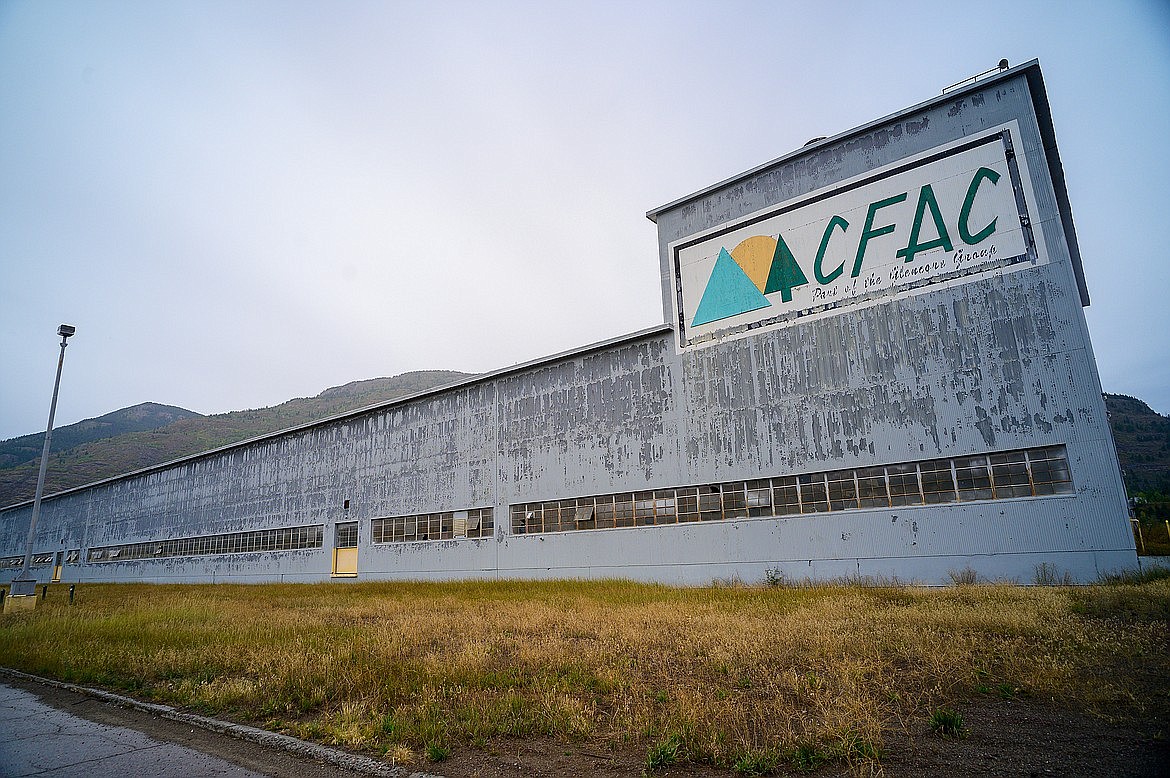EPA: No decision made on CFAC cleanup
Officials from the Environmental Protection Agency last week said they haven’t made a decision on the best way to clean up the defunct Columbia Falls Aluminum Co. plant.
Thousands of tons of waste were dumped onsite during the 54-year history of the plant.
A feasibility study completed by the company in June 2021 looked at several alternatives and scored a slurry containment wall combined with bolstering existing landfills as the best alternative for dealing with contamination at the Superfund site.
Test wells near the west landfill and adjacent ponds show levels of cyanide and fluoride significantly higher than the safe drinking water level.
For example, the safe drinking water level for cyanide in water as set by the Environmental Protection Agency is 200 parts per billion. Test wells just downstream from the west landfill show contamination of 5,000 parts per billion.
“The solution is to shut off the source,” said Dick Sloan, project manager for the state Department of Environmental Quality, during an open house.
While the cyanide and fluoride levels are quite high next to the landfills, the concentrations, tests have shown, are greatly reduced to the south — in some wells, just 447 ppb near the railroad tracks and by the time it reaches the Flathead River, a non-detect.
However, no testing has been done in the past couple of years, including this spring.
The greater question, and greater concern from the public, is how best to clean it up.
Sloan suggested the slurry wall was a good alternative, as it could contain the wastewater, which could then be treated. He noted cyanide is relatively easy to remove from water — it breaks down in ultraviolet light.
At a sparsely attended meeting June 29, Nino Berube, who worked at the plant, raised concerns about a slurry wall, claiming they didn’t build the Hungry Horse Dam in the Bad Rock Canyon because of a nearby earthquake fault line.
He suggested to EPA officials that the waste be dug up and hauled out of the site entirely — a sentiment echoed by more than a few folks in Columbia Falls over the past year.
But Sloan noted during the open house that such a tactic comes with risks as well. The feasibility study looked at hauling out the waste to a landfill in Oregon.
It estimated that there’s about 1.2 million cubic yards of material that would have to be removed, which would require 60,000 truck loads.
Hauling that much waste out would take four to five years, assuming there were 70 truckloads of waste removed a day.
That amounts to 60 million miles of driving.
The study, however, doesn’t really examine transporting the material by rail.
There is also cost. A full containment slurry wall has a cost of about $50 million, according to the feasibility study. It would also require longterm monitoring and testing.
The cost to haul the waste away, about $164 million.
Sloan said the site could be redeveloped with a slurry wall strategy. Landfills in other regions of the country have been repurposed for other uses, most notably golf courses.
All that aside, Berube was critical of the process itself, noting that he expected a more in-depth discussion on technical detail of the feasibility study.
But EPA officials noted that in a typical Superfund process, there isn’t a formal public comment period after the feasibility study, though they did have meetings on a draft of the study.
Still, it has been a full year since the study was finalized and there haven’t been in-person meetings — just Zoom meetings.
That was due to the pandemic, which restricted federal employee travel, EPA officials noted. In addition, there have been staff changes. Project manager Mike Cirian retired and has since been replaced by Amanda Barkley.
Last week’s meeting, also drew EPA brass.
KC Becker, administrator for EPA’s mountains and plains region toured the site on Thursday and met with Columbia Falls mayor Don Barnhart.
She said she was still learning about the site, but said “she very much supported engagement with the public.”
“We have a lot of staff that’s all listening and that’s what this is all about,” she said.
The next step in the process is a proposed action by the EPA, which ultimately determines the best way to deal with the pollution.
A round of meetings and the release of that action is due out this fall. That will come with a formal public comment process. It’s typically 30 days, but can be extended, EPA officials noted.
Becker said there’s still a significant amount of work to do to that end.
In addition, the EPA under contractor Skeo, is gauging and surveying the public on the cleanup plan for CFAC.
Folks interested in providing feedback or going through an interview can reach Josie Torres at (434) 233-4184 or by email at jtorres@skeo.com to set up an interview over the phone.
Names of individuals will not be used in collecting comments, Torres noted.
The company already did some interviews last week during the EPA’s visit to Columbia Falls.


